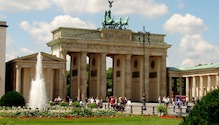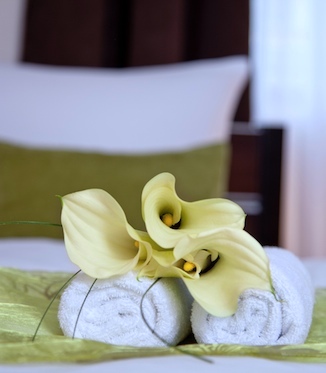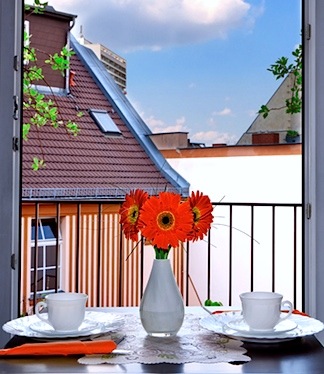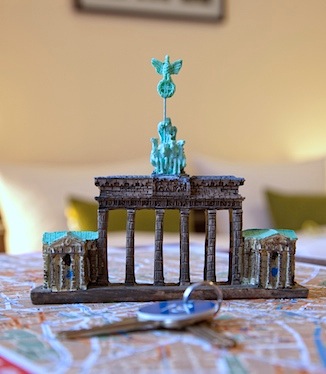Berlin Sights
Checkpoint Charlie
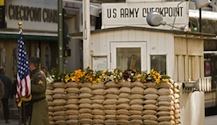
Undoubtedly the most well-known crossing point between East and West Berlin during the Cold War was Checkpoint Charlie, built in 1961 after the construction of the Berlin Wall. It joined the Soviet and US-American sectors at Friedrichstraße, and has become one of the city’s most popular sights following German reunification.
Gendarmenmarkt
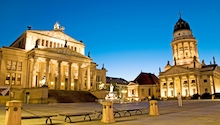
Gendermenmarkt, located in the city’s city centre, is popularly regarded as “Berlin’s most beautiful square”, and is the site of the opulent Konzerthaus, and the almost identical French and German cathedrals. Created by Johann Arnold Nering in the late seventeenth century, the square originally served as a market in Berlin’s historical Friedrichstadt district, and now hosts one of the city’s most popular Christmas markets.
Alexanderplatz
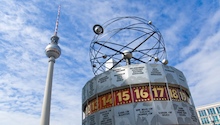
A huge public square and transport hub in the middle of the city, Alexanderplatz took its name from Tsar Alexander I, who visited Berlin in 1805. Known colloquially as “Alex”, it lies in the former “Königsstadt” district, and is placed next to the world-famous Fernsehturm, the tallest structure in Germany.
“Alex” is also the site of Berlin’s Weltzeituhr (World Time Clock), built in 1969 to show the times of every time zone in the world, and the popular and heavily-graffitied “Fountain of Friendship between Peoples”.
The Berlin Wall
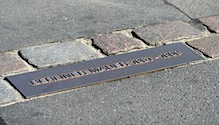
For more than 28 years during the division of Germany, the notorious Berlin Wall served as a border fortification system to prevent escape attempts from the East to the West. The wall was a potent symbol of the Cold War conflict between the West, dominated by the USA, and the Soviet Union led Eastern Bloc. The wall divided the city from 13.08.1961 to 09.11.1989, and turned West Berlin into a political enclave surrounded by the DDR. Border soldiers in the East were ordered to shoot anyone who attempted an “unlawful crossing” of the wall to the West, and the exact number of people killed is unknown. Though now largely removed, a double row of cobble stones runs throw much of the city center, and serves as a chilling reminder of where the wall once stood.
Holocaust Memorial
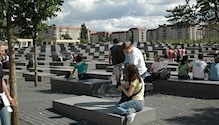
The Holocaust Memorial, designed by Peter Eisenmans, is a memorial to the millions of Jews murdered by the Nazi regime. Built on an approximately 19.000 m² site close to the Brandenburg Gate between 2003 and 2005, the memorial consists of more than 2700 grey concrete slabs and is a stirring and unmissable feature of Berlin’s inner city landscape.
Reichstag

Potsdamer Platz
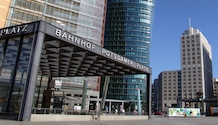
Spittelmarkt
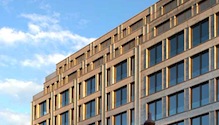
Jewish Musem
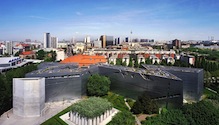
Berlinische Galerie
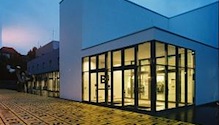
Victory Column

Memorial Church
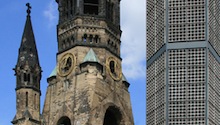
Pariser Platz
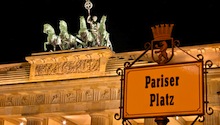
Brandenburg Gate
